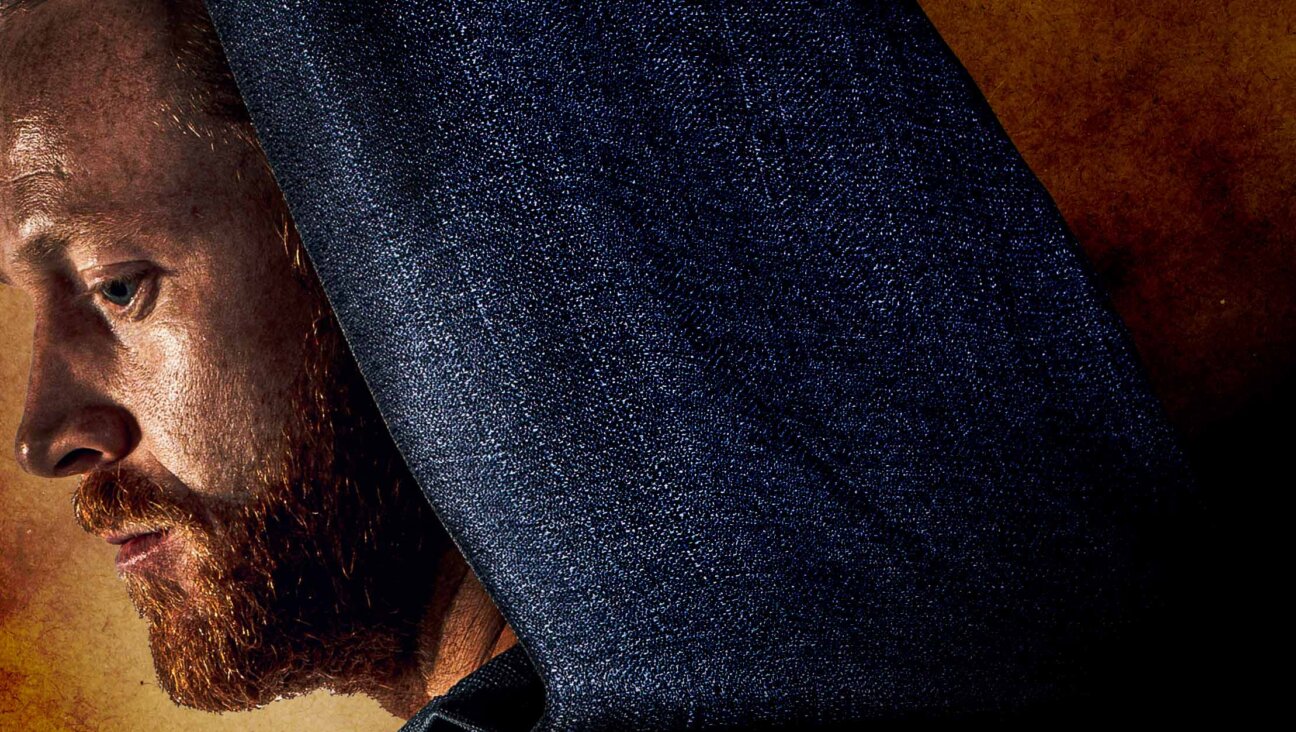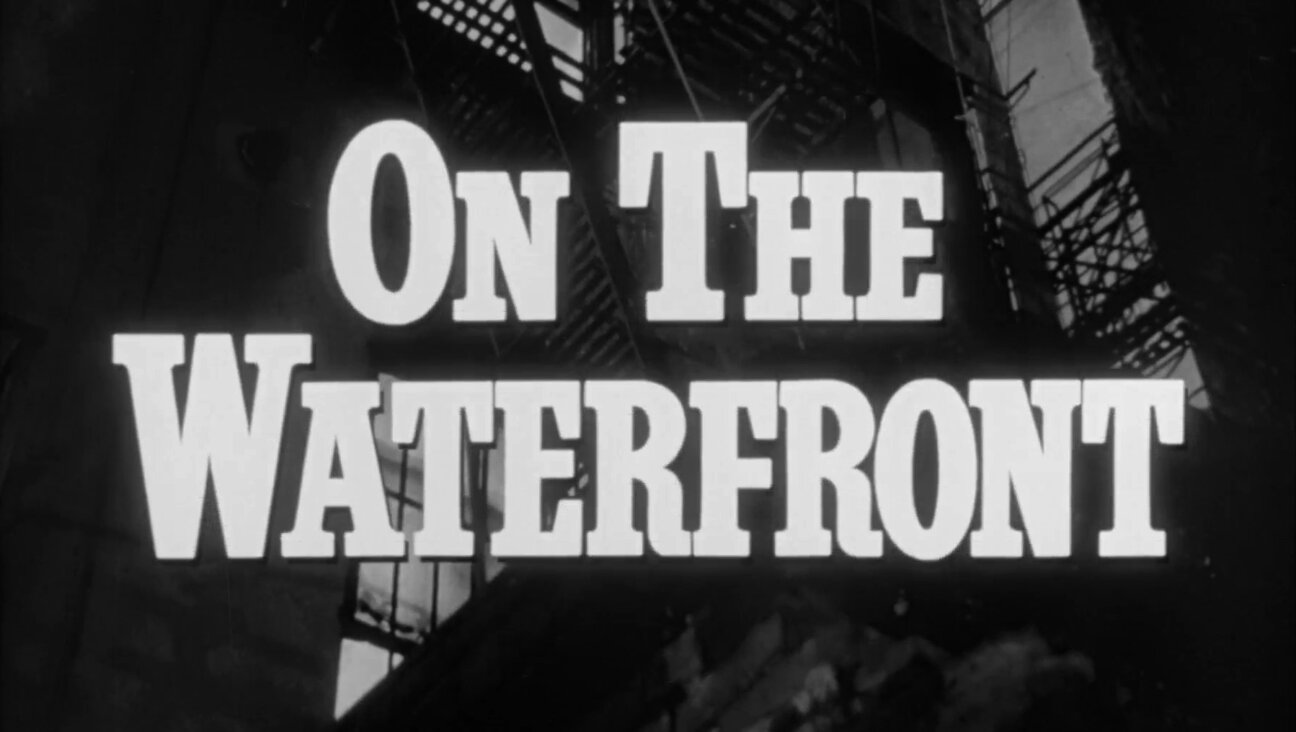Coincidentally Israeli Designers
To classify art based on geographical origin is to play a silly game of Pin the Tail on the Donkey. The Guggenheim exhibit The Aztec Empire recently showed the dangers of national taxonomies by including works of the Toltecs — whom the Aztecs sacrificed to their gods — and of the Olmecs, who are to the Aztecs what the Druids are to contemporary Britain. Even in areas that have enjoyed regional art historically, modern travel and globalization have created internationalist styles that fall back on generalizations. Defining an Israeli art — especially given the controversy surrounding the term Israeli — proves particularly confounding, which makes the Cooper-Hewitt museum’s exhibit, SOLOS: New Design From Israel, all the more peculiar. The show of 18 artists who taught or studied at the Bezalel Academy of Art and Design – Jerusalem successfully argues for locally important design works while failing to outline any Israeli identity therein.
Curator Ezri Tarazi acknowledges the dilemma early on in the catalog. “My view has been that distinctions between design cultures are melting away in the global cultural arena,” he writes. But he finds a concept of Israeli design in his instant ability to “sense” which New York City pedestrians are Israeli. Tarazi describes this sixth sense in almost mystical terms: “My brain recognized in their aura something distinctly Israeli,” a detective ability he then aestheticized as the concept for the show. “The moment I experienced on that rainy street in New York made me reconsider the question of whether there is a singular style to contemporary design from Israel.”
But recognition of nationality has never implied anything about identity. The three singularly Israeli design components that Tarazi isolates (and calls “fingerprints of design from Israel”) — Complexism, Material Redemptionism and Neorealism — are more postmodern than Israeli.
By “Complexism,” Tarazi refers to pieces of art that “directly confront… contemporary reality in the aesthetic of the object.” One of the criteria for this confrontation is “combining contradictory materials or parts,” which surfaces in Gad Charny’s “Dinosaur Lamp.” The lamp stands freely as a rhinoceros and a giraffe joined at the ends. The dinosaur looks ready to fight, camouflaged in brown with green speckled circles, and it recalls some of M.C. Escher’s tessellation work with animals.
Tal Gur’s work that consisting of polypropylene drinking straws and calls itself “Sturdy Straws Chair and Stool” (2003) illustrates what Tarazi calls “Material Redemptionism,” or “the act of taking an object — sometimes one that has lost its function — and altering its original purpose.” Straws that are configured in the shape of a chair certainly qualify as objects that have lost their function, and that are now attempting a new trajectory of influence. The term “sturdy” lends an ironic feel to the piece, which recalls some of the straw work of Anat Litwin, a Bezalel alumnus. Litwin’s “Strawling,” a 60-square-foot sculptural network of party straws that is best described as alfalfa sprouts dyed in highlighter ink colors, hung recently at the Makor Gallery at Manhattan’s 92nd Street Y.
But more bizarre than Complexism or Material Redemptionism is Neorealism. Tarazi calls Neorealism an emphasis of “individual experiences of the oddness, weirdness, or differences of the real.” Chanan de Lange’s “Post Library Bookshelf System” (2000) would appear to qualify. The sculpture is “post-library” because its structure of painted standard perforated steel posts could never hold books. Evoking Jonathan Swift’s “A Full and True Account of the Battel Fought Last Friday, Between the Antient and the Modern Books in St. James’s Library,” de Lange wages war on books and on libraries — at least the classical sort, where books sit on shelves. The post-library bookshelf system does look somewhat like a spider’s web in its construction, and it very well may memorialize the shift from Codex form to hypertext and eLibrary. By combining incongruous forms and by designing objects not to work, the post-library bookshelf, the dinosaur lamp and the straw chair deny utility.
The pieces of “New Design From Israel” ask interesting postmodern questions, but they could have invoked a postmodernism more endemic to Israel. For example, the catalog chooses to explore the efforts of Bezalel founder Boris Shatz to westernize the previously Eastern Jewish art scene and the later Bezalel effort to redeem the Bauhaus from Nazi clutches. But had it included the other Bezalel founder, Ephraim Moses Lilien, it would have uncovered a more Israeli temperament. Lilien’s photograph of Theodor Herzl leaning over Basil, Switzerland’s Rhine Bridge railing at the First Zionist Congress is widely known. But fewer people recognize his painting of Herzl — provocatively cast as Moses atop Sinai with the tablets in his hand — dressed in Assyrian garb set to an Art Nouveau backdrop of clouds, smoke and the moon. Lilien’s obsession with Herzl recalls Andy Warhol’s Jackie and Marilyn manias, but Lilien infused his Herzl paintings with more than just an aura of social significance; Lilien’s Herzls are demigods. That effort to wear on his sleeve his identification with Herzl shows that Lilien was unabashed about his identification with Israel. And that, more than old-hat postmodernism, could potentially launch a discussion about Israeli design.
Menachem Wecker is a painter and writer on Jewish arts, residing in Washington, D.C.
A message from our CEO & publisher Rachel Fishman Feddersen

I hope you appreciated this article. Before you go, I’d like to ask you to please support the Forward’s award-winning, nonprofit journalism during this critical time.
At a time when other newsrooms are closing or cutting back, the Forward has removed its paywall and invested additional resources to report on the ground from Israel and around the U.S. on the impact of the war, rising antisemitism and polarized discourse.
Readers like you make it all possible. Support our work by becoming a Forward Member and connect with our journalism and your community.
— Rachel Fishman Feddersen, Publisher and CEO






















